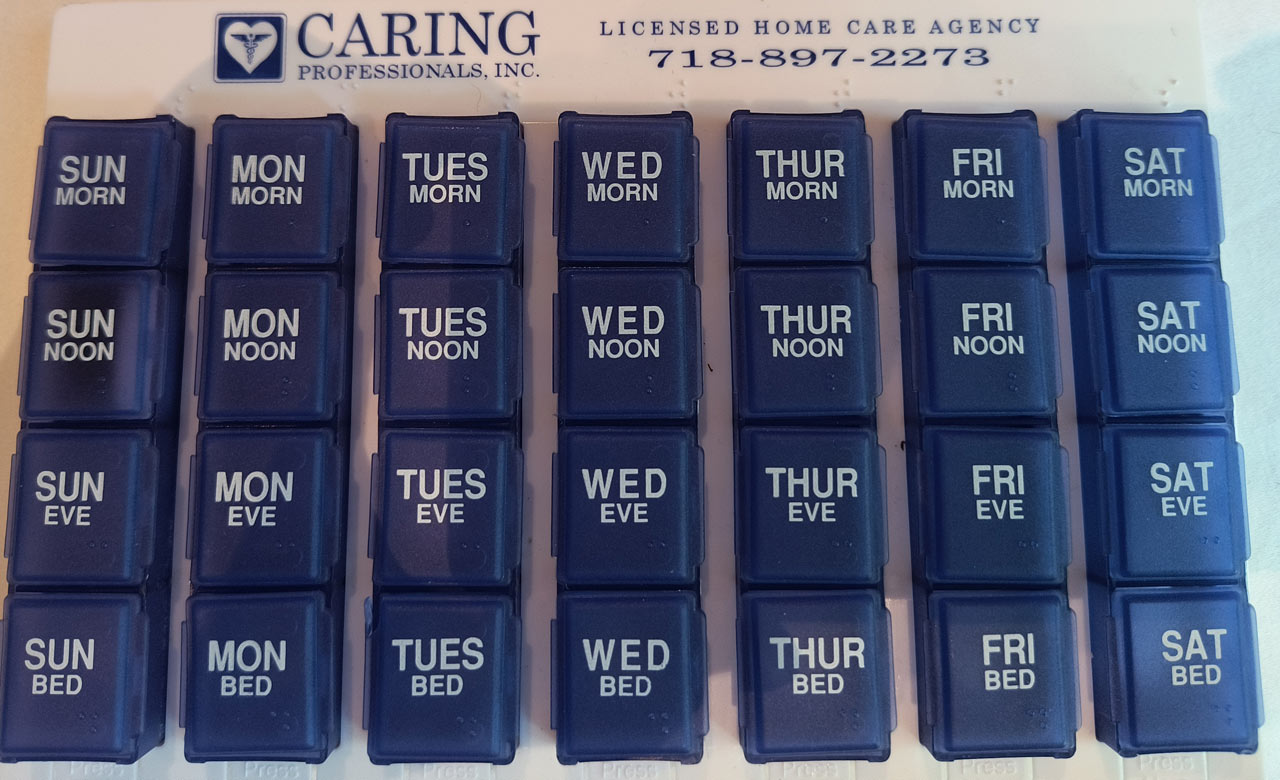What’s for Dinner?
How to create enjoyable, healthy meal plans for seniors.
Eating nutritious meals and snacks can often be overlooked, but they are very important in the later years of life. Following dietary plans–including removing or adding certain foods–can be key to avoiding additional doctor appointments, and possibly reduce the need for certain medications.
Whether you’re planning to reform your own diet, or you are a home health aid preparing meals for someone else, here are a few main things to get healthy eating off to a good start.
Find new favorites
The hardest thing may be removing items that have been regular staples up until now, especially when those items haven’t been harmful in the past.
Foods high in sodium and raw vegetables, which can exacerbate current health issues, and grapefruit, which can affect prescription medications, are just a few of the items on “do not eat” lists for older adults.
The truth is, saying no to something you love can feel impossible, but replacing favorites with similar items is much easier. Grapefruit can be replaced with other citrus options, vegetables can still be enjoyed cooked. And if you really can’t part with packaged snacks, look out for low-sodium options to try out.
Make it colorful
Speaking of foods to try out, one of the easiest ways to keep meals healthy is to keep in mind what healthy looks like: a rainbow!
If meals include fresh fruits and vegetables it’s going to be a range of colors, and that’s exactly what you want. Think of a plate with orange, red, green and purple. What fruits and vegetables would you use to fill those spots?
After the colorful options, think about the other items as secondary colors. Whole grains like brown rice or whole wheat pasta make a good addition, as well as lean meats, seafood, eggs or beans.
Overall, a good rule of thumb is to choose high fiber and low sodium foods. If meals venture into packaged items, remember to check the nutrition labels for fiber and sodium content. Sodium amounts range with age and other health factors, so this should be discussed with a doctor.
Plan to simplify
Meal planning can be a great tool to eat more nutritiously, and avoid unhealthy options, but it can also feel overwhelming and hard to follow.
The biggest advice for meal planning is to start simple. Start by planning only a few days, or even a few meals, at a time. This way you can also be flexible if something comes up, like an unexpected lunch out with family or leftovers you didn’t foresee. If your in the situation of caregiver for another, plan together to make sure everyone is on board.
The next piece of advice is to plan around enjoyable foods, and start incorporating (or removing) foods a little at a time. Meal planning that completely changes eating habits all at once is one of the main reasons people stray from their healthy eating goals.
Whatever you choose to add, substitute or subtract, writing it down and talking about it are key to making it work. Don’t feel frustrated if things get off track a little bit, or if less healthy options are added in occasionally. The more meal plans are practiced, the easier it will be to maintain them, and the healthier meals will be overall!






